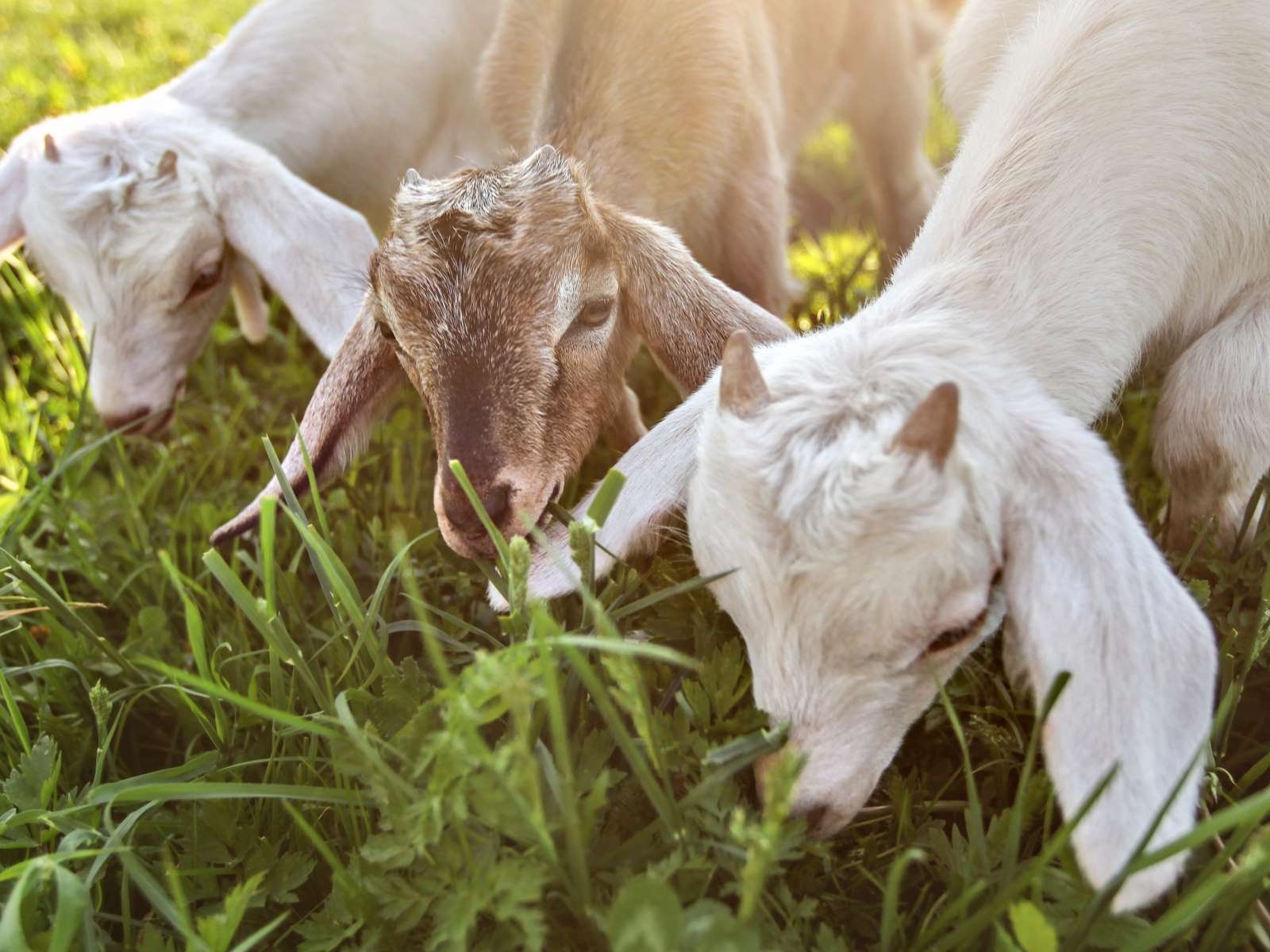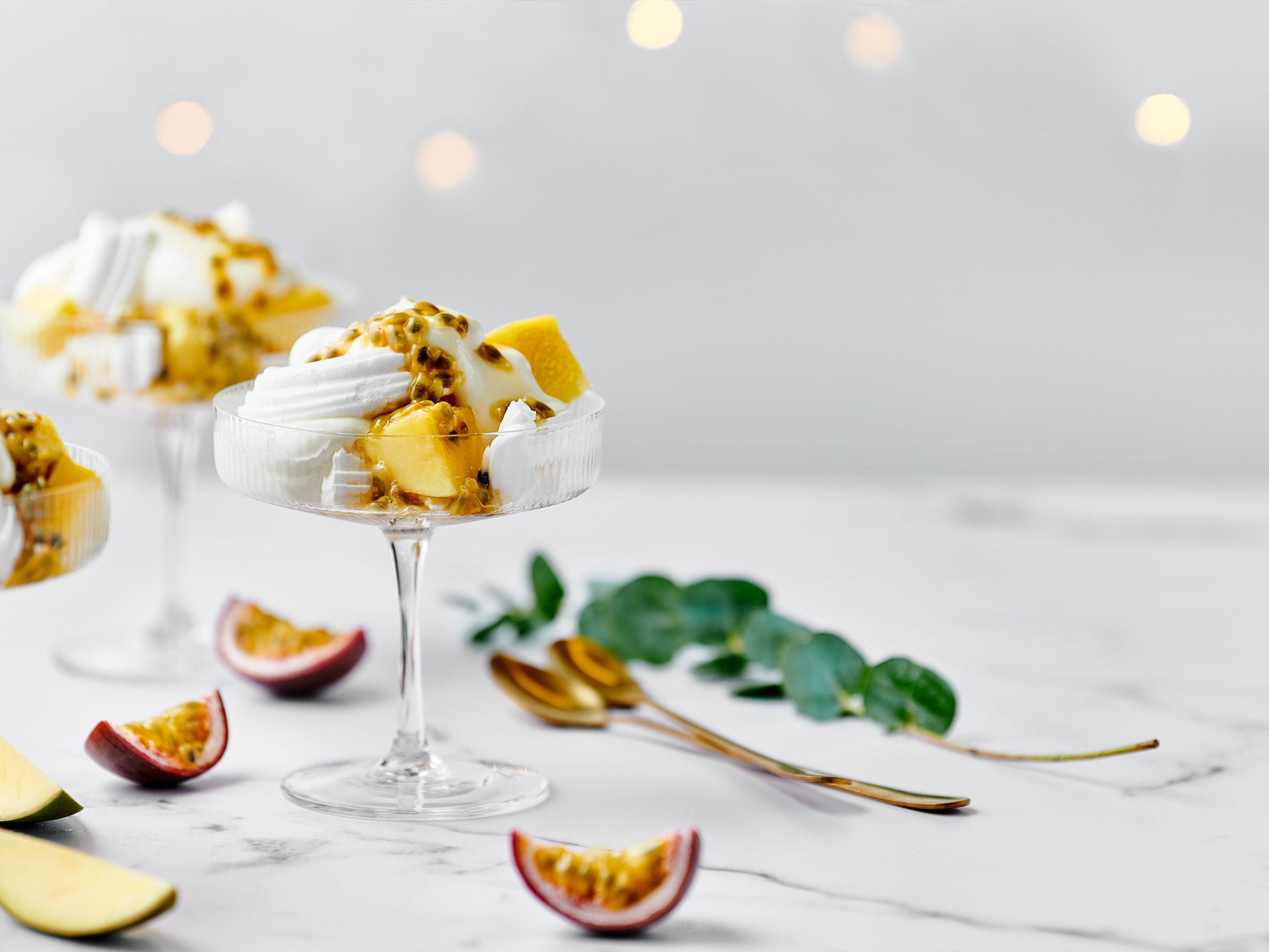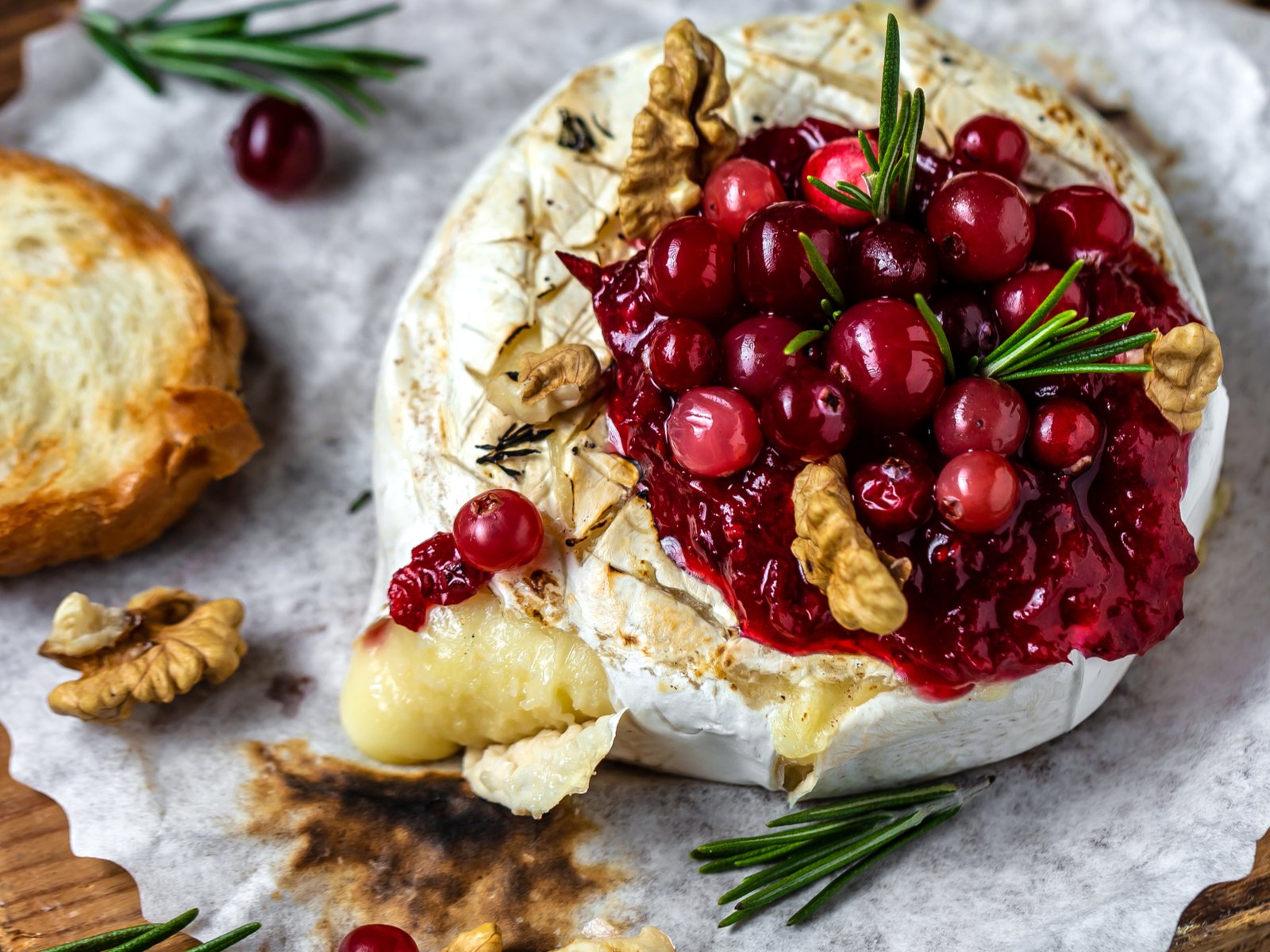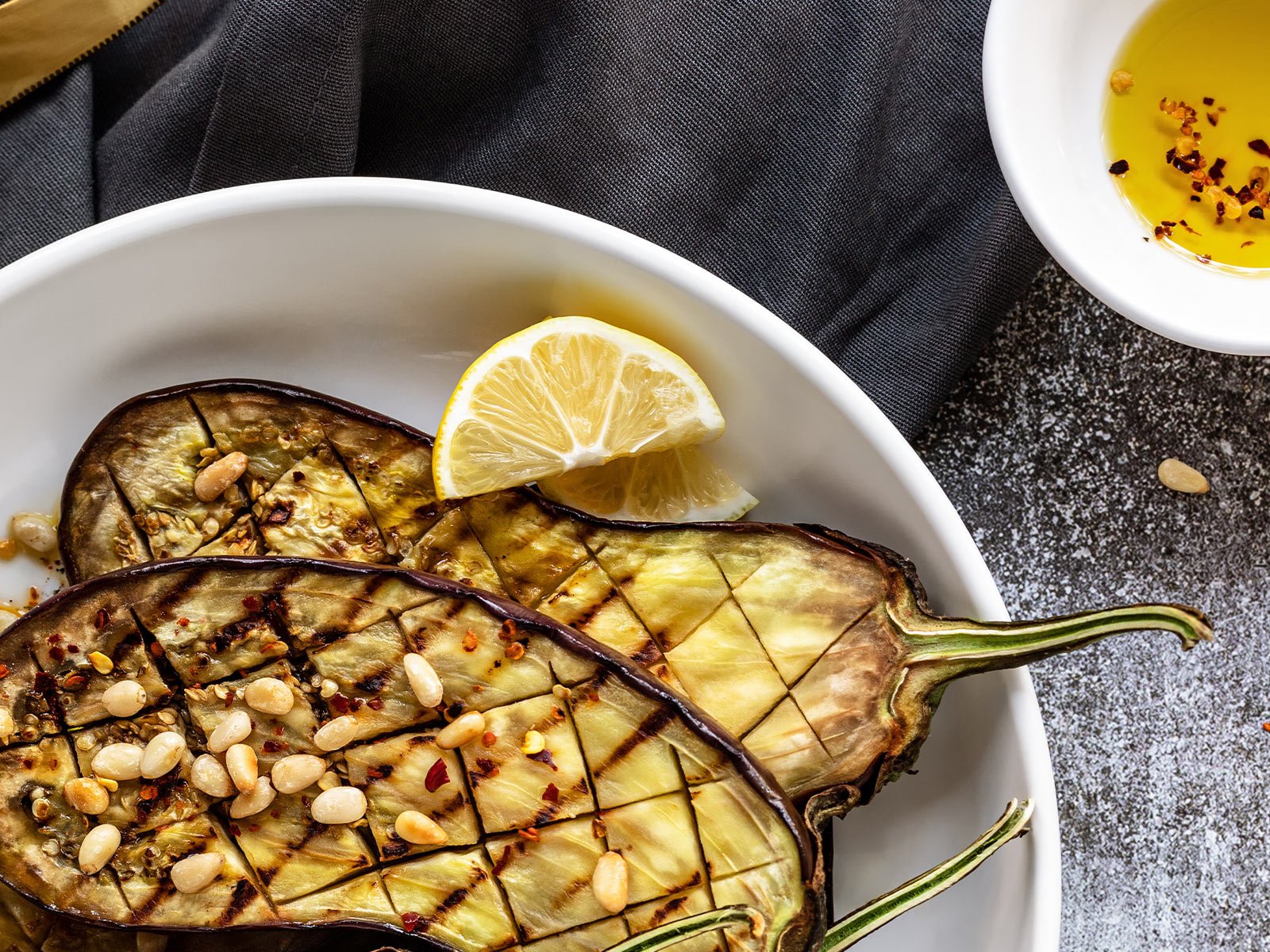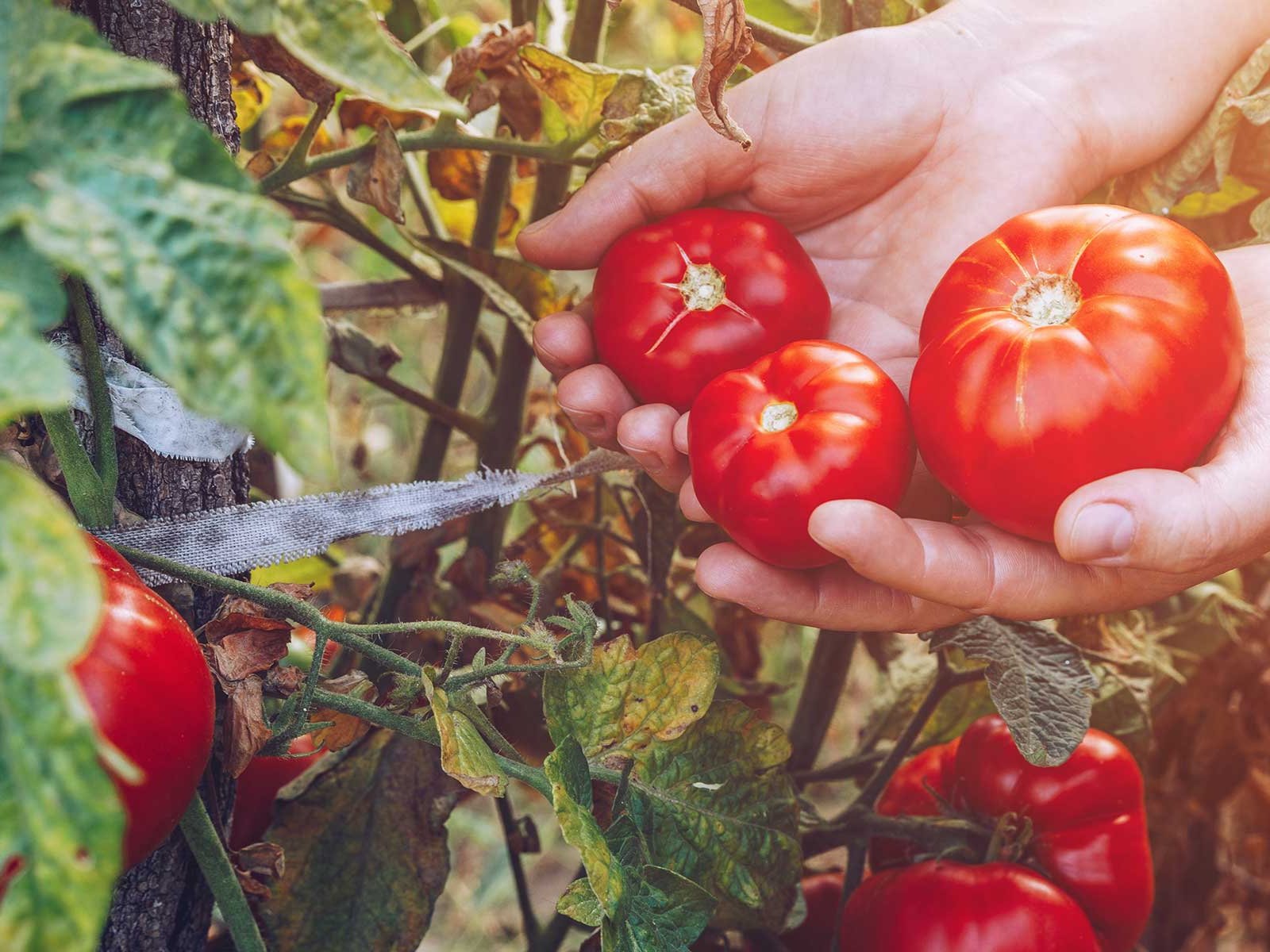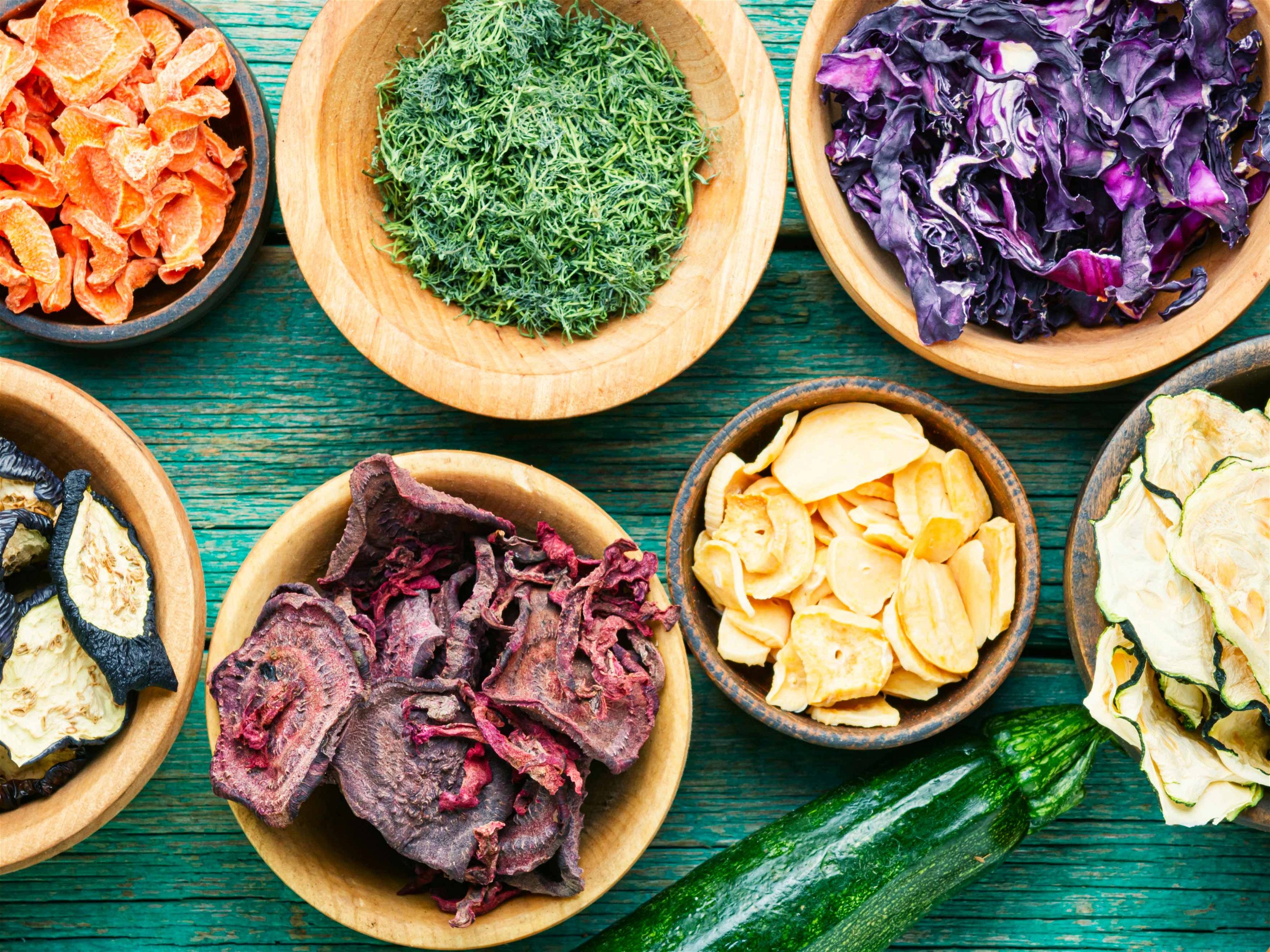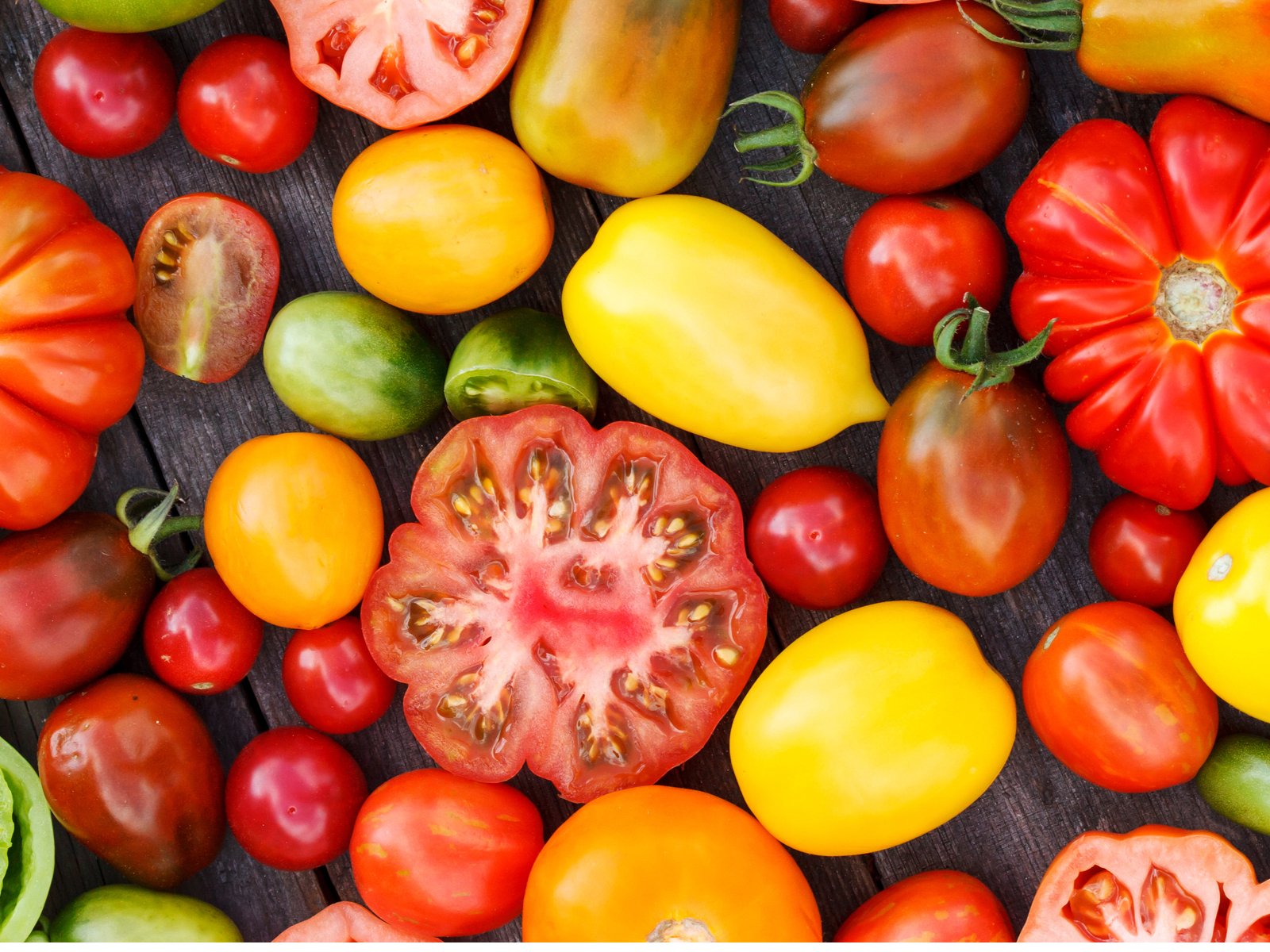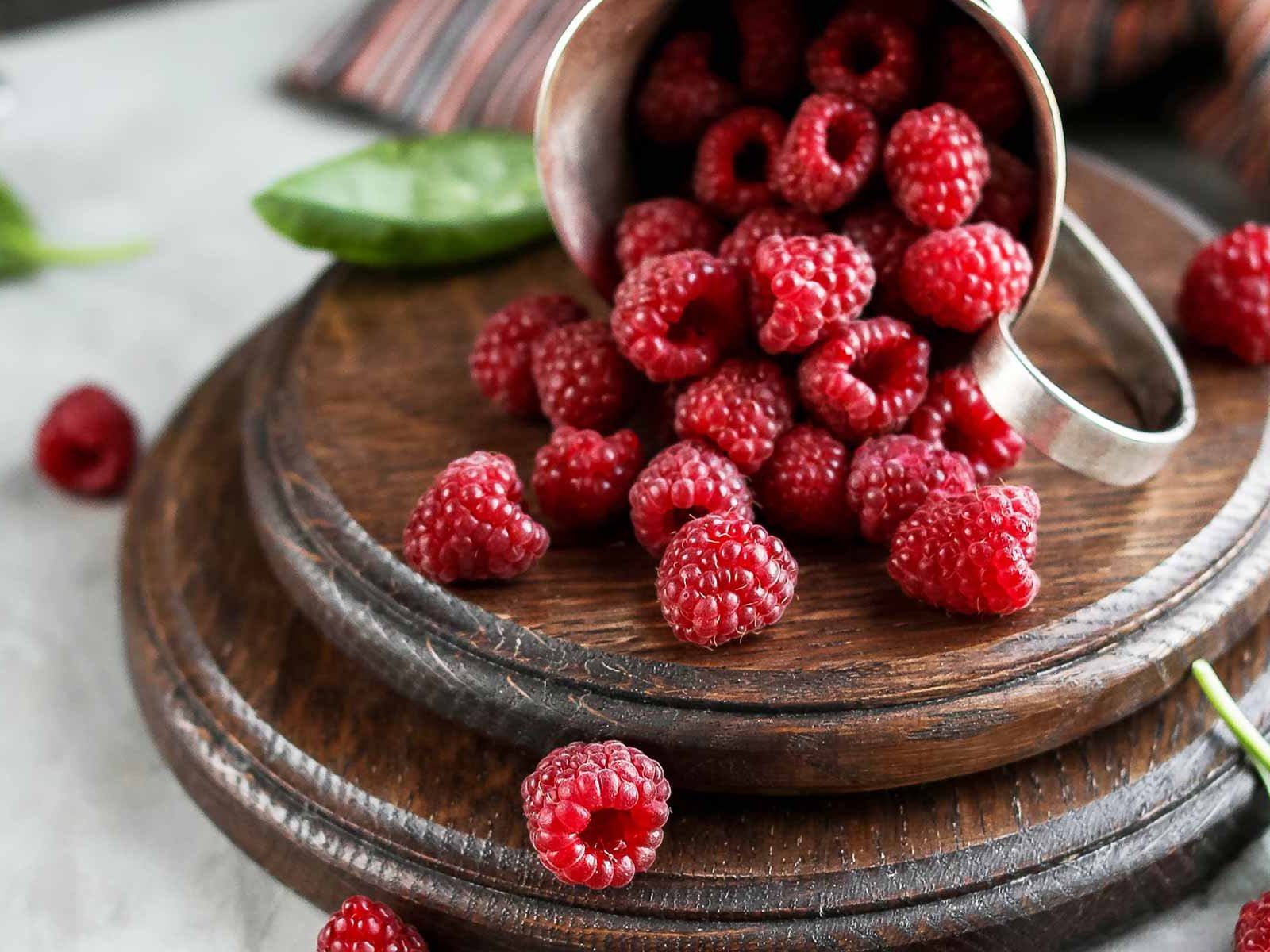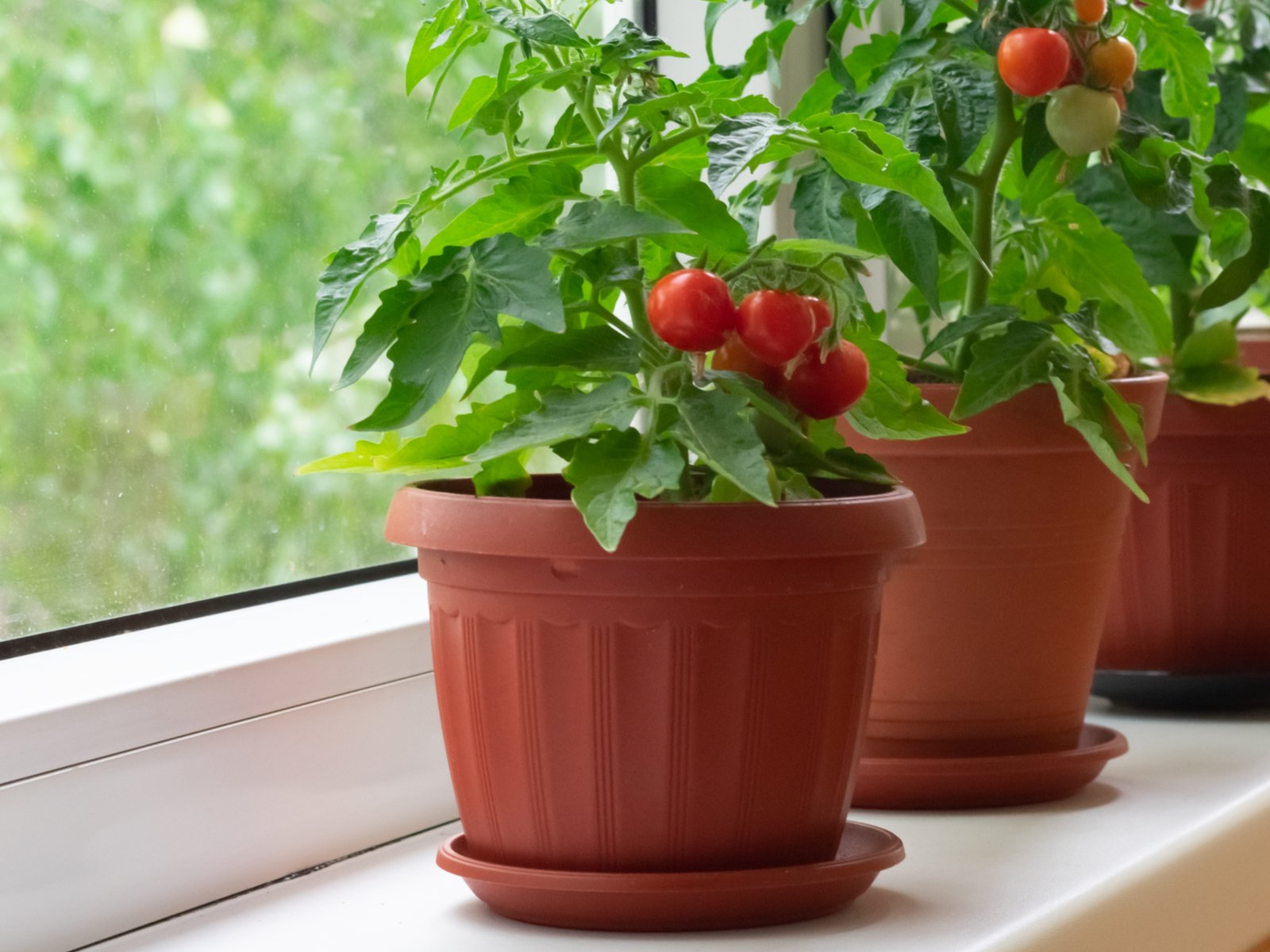The 5 Best Pear Varieties to Discover
The much-loved pear is a great autumn gift. Here are five of the finest varieties to get your teeth into.
Too often overshadowed by their crunchy orchard companion the apple, the pear wins praise in our earliest literature, from Homer to Confucius. Its meltingly soft texture and delicate flavour have long made this fruit a desirable autumn gift in some cultures, while elsewhere certain varieties are highly prized in liquid form. Whatever your preference, here are five of the finest pears to discover.
1. Williams Bon Chrétien
There’s a reason, in fact several reasons, why this heritage European pear is so widely grown. One of the first varieties to ripen, usually with a generous crop, it is sweet tasting with an attractively musky aroma. This is also the pear you want to hand for cooking as it holds its shape well.
This same attribute also explains why Williams pears are the most common variety to appear in useful tinned form. In the USA they usually go by the name “Bartlett”, a title that had become well established by the time it became clear this was exactly the same type of pear as the one first documented in 18th century England.
Fans of a Poire William digestif may also recognise this variety from its popular role in eau-de-vie or schnapps. Many producers like to tie bottles around the fruit as it matures to achieve the quirky aesthetic appeal of a fully grown pear suspended in the spirit.
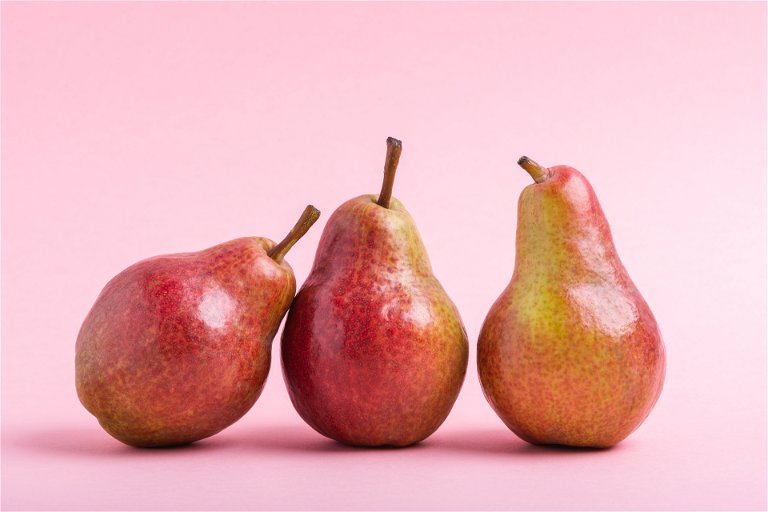
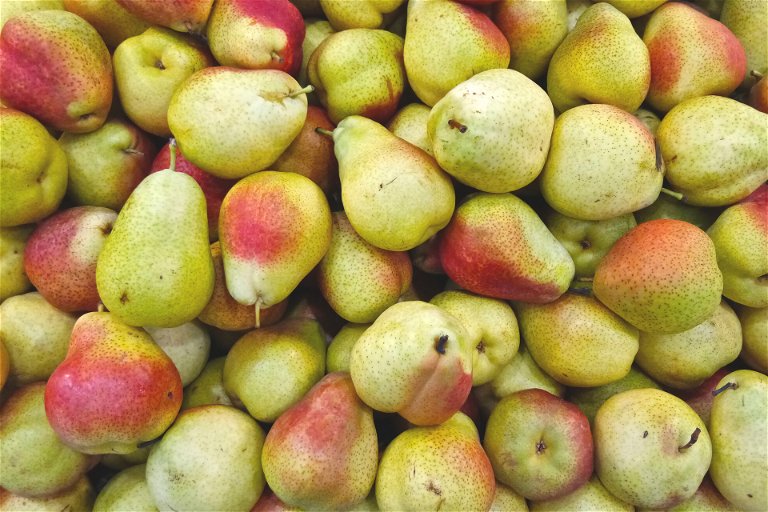
3. Blakeney Red
You wouldn’t want to snack on a perry pear. Small, lumpy, tannic and tart, like cider apples these require alcoholic alchemy to appeal. Break yourself in gently with the Blakeney Red, named after a village in Gloucestershire in the west of England, where cider and perry production have a proud tradition.
Thanks to its greater size and sweetness compared to many fellow perry varieties, the Blakeney Red not only forms a mainstay of local perry production but was historically prized as a dual purpose pear suitable for desserts too.
On the subject of perry, don’t be put off by unfortunate encounters with mass market pear cider brands, generally sweetened and made with concentrate. The best artisan versions offer delicate, summery, lower alcohol refreshment, perfect with pork pie, a hunk of cheese or, in the case of sparkling styles, a tasty alternative to Prosecco.
2. Comice
An unrivalled eating pear. The Comice, also known by its full name Doyenne de Comice, is deliciously sweet and juicy with a buttery, melt in the mouth texture. Originally from France but now enthusiastically cultivated far further afield, this is a helpfully late ripening variety, which means it not only tends to avoid spring frosts, but also yields fruit that, with careful storage, can stay in good condition right through to the Christmas season.
These aren’t the pears for cooking into desserts though: that high water content means the flesh will collapse easily. It does however lend itself beautifully to juicing, either as healthy breakfast refreshment or a creative flavour twist for cocktails.
4. Asian pear
It may appear deceptively like an apple, but look again. Cultivated in Japan and China for at least 3,000 years, this spherical variety goes by several synonyms, including nashi, which is simply Japanese for “pear”. Today Asian pears are well travelled, with commercial orchards everywhere from Australia to California.
It’s easy to understand their appeal. Originally reserved as a delicacy for the wealthy, Asian pears are still regularly given as autumnal gifts in their native Japan. The crisp, juicy fruit is usually eaten fresh – unlike other pears they are ripe once picked and won’t soften in the fruit bowl.
They are delicious either thinly sliced into salads, incorporated into a Korean barbecue marinade – their enzymes have a tenderising effect on meat – or poached as a sweet, succulent vehicle for Asian spices.
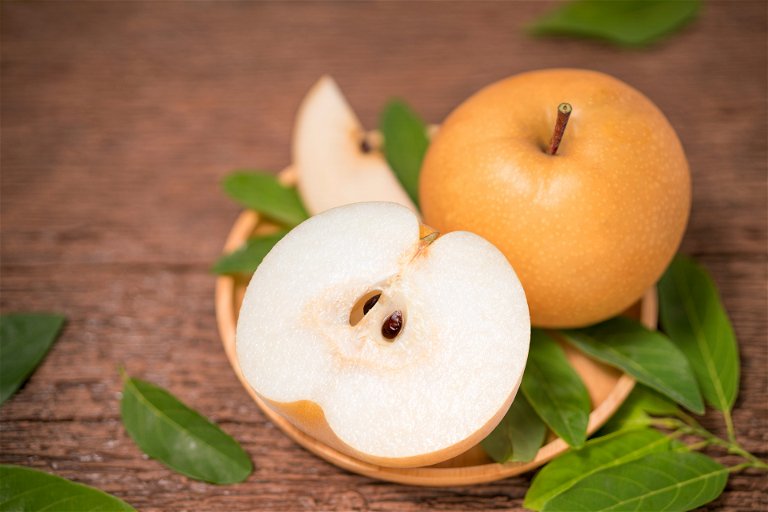
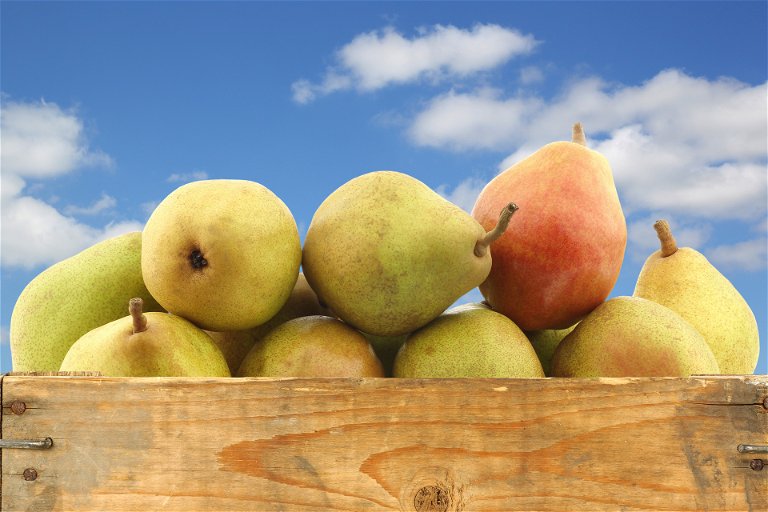
5. Hirschbirne
One pear with the rare accolade of official PDO status is the Hirschbirne grown in the Pöllau Valley of south-east Austria’s Styria region. This EU designation recognises both the climatic suitability and generations of local expertise that have enabled this perry pear variety to thrive.
Although attractively sweet and spicy, the difficulty of storing the Hirschbirne once ripe, together with its fibrous texture, mean it is traditionally either dried or turned into juice. As dried pear, the fruit takes on a deliciously caramelised character; as juice it offers a distinctive spice and dried fruit personality with a harmonious balance of sugar, acid and tannin. The name “hirsch” has no connection with “deer” as one might expect, but rather derives from Hiascht, local dialect for Herbst, or autumn.


